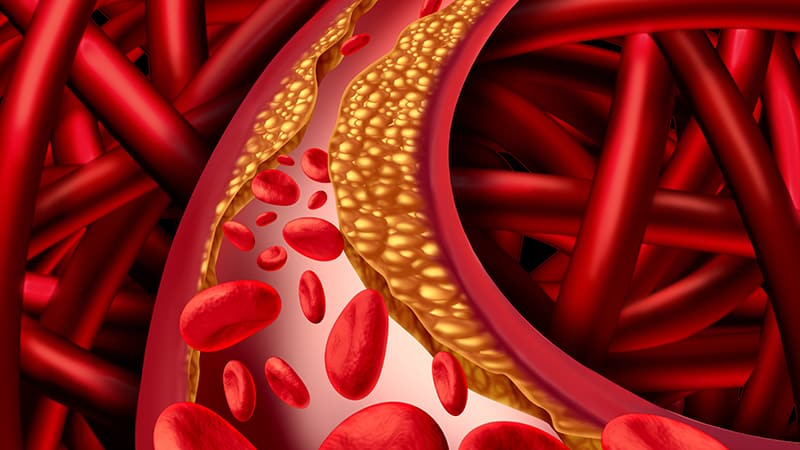It is widely believed in the nutrition field that there was once a time when we consumed a healthy balance of omega-3 and omega-6 fatty acids. Unfortunately in today’s world this is not the case. We now consume 2-3 times more omega-6 fatty acids than omega-3 fatty acids and this is a problem. This imbalance in our diets may explain the rise of allergies, asthma and autoimmune diseases, all of which are believed to stem from increased inflammation and an unbalanced immune system. Balancing daily intake of omega-3 versus omega-6 fatty acids has been shown to be especially important in the overall treatment of allergies.
Omega-3 and omega-6 are both known as polyunsaturated fatty acids (PUFA’s) and play a major role in our immune system. The hormones constructed from the two classes of essential fatty acids have opposite effects. Those from Omega-6 fatty acids tend to increase inflammation, blood clotting and cell proliferation, while those from omega-3 fatty acids decrease those same functions. While it seems like you wouldn’t want to have the former at all, keeping a balance between pro-inflammatory processes and anti-inflammatory processes is actually extremely important for a healthy immune system! An optimally functioning immune system is one that is able to fight off foreigners when needed or can lay low when not needed. When a microbe enters the body and the immune system needs to kill it, it is the pro-inflammatory cytokines (derived from omega-6s) that are responsible for allowing the body to do so. In contrast, when a benign substance such as pollen enters the body and there are too many pro-inflammatory cytokines and not enough anti-inflammatory cytokines (derived from omega-3s) problems arise and usually in the form of an allergic reaction. Someone suffering from allergies is an example of an immune system that does not know how to lay low! When omega-3s and omega-6s are consumed in a healthy balance, the immune system can do its job when needed and it can relax when not needed.
The modern diet is abundant with sources of omega-6 fatty acids. They are found in poultry, eggs, whole grain breads, seeds, nuts and vegetable oils. Processed foods contain an extremely high amount of omega-6 fatty acids due to the overuse of refined vegetable oils. Conversely, there are only a few dietary sources of omega-3s. The two critical types of omega-3 fatty acids that the body needs are eicosapentaenoic acid (EPA) and docosahexaenoic (DHA). The primary source of EPA and DHA is fat from cold-water fish such as salmon, sardines, herring, mackerel, black cod, and bluefish. Walnuts and flaxseeds are another good source of omega-3s as these contain a precursor omega-3 called alpha-linolenic acid (ALA). When ALA is consumed, the body converts it to EPA or DHA. Cutting out processed foods and increasing cold-water fish consumption is a good way to balance your omega-3 to omega-6 ratio and protect yourself from developing allergies. If you already suffer from allergies, supplementing with extra EPA and DHA from fish oil or krill oil can help reset your immune system and reduce allergic reactions.
Stay connected for more health articles from Dr. Passero.
Read more about treating allergies naturally.









